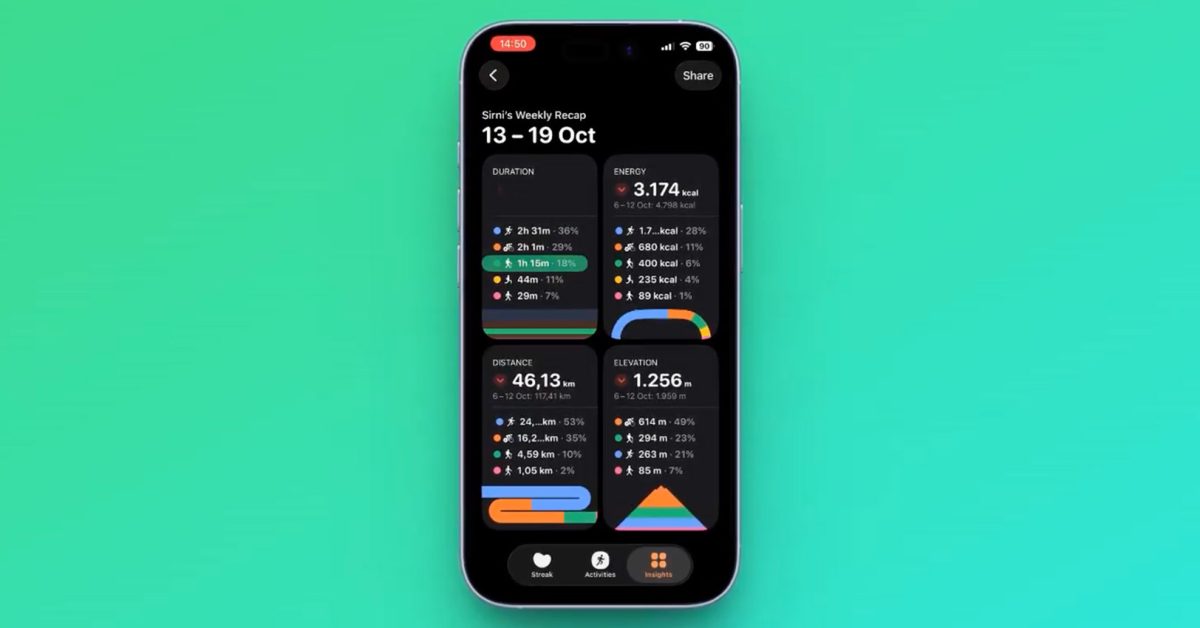
google tv s latest remote design never Google TV has introduced an innovative remote control design that harnesses indoor light to ensure it remains powered indefinitely.
google tv s latest remote design never
Overview of the New Remote Design
In a significant advancement for home entertainment technology, Google has unveiled a new remote control for its Google TV devices that utilizes solar energy. This design aims to eliminate the common frustration of batteries running out at inopportune moments. By integrating solar cells into the remote, Google claims that the device will “never run out of power,” providing a sustainable and user-friendly solution for consumers.
Key Features of the Solar-Powered Remote
The new remote is designed to be both functional and environmentally friendly. Here are some of its notable features:
- Solar Cells: The remote is equipped with solar cells that can charge using indoor lighting. This means that as long as the remote is exposed to light, it can maintain its charge, reducing the need for traditional batteries.
- Eco-Friendly Design: By eliminating the need for disposable batteries, the remote contributes to a reduction in electronic waste, aligning with global sustainability goals.
- Convenience: Users will no longer need to worry about replacing batteries or running out of power during crucial moments, such as during a movie or game night.
Background on Google TV and Remote Controls
Google TV, which was reintroduced in 2020, aims to provide a streamlined interface for streaming services and live television. The platform integrates various services, allowing users to access content from multiple sources in one place. The remote control has always been a critical component of this experience, serving as the primary interface for navigating content and controlling playback.
Historically, remote controls have relied on disposable batteries, which can be inconvenient and environmentally damaging. The introduction of rechargeable batteries in some devices offered a partial solution, but these still required periodic charging and could eventually degrade over time. Google’s new solar-powered remote seeks to address these issues comprehensively.
The Importance of Sustainable Technology
As concerns about climate change and environmental sustainability grow, technology companies are increasingly focusing on eco-friendly innovations. The shift towards renewable energy sources, such as solar power, is becoming more prevalent in consumer electronics. Google’s solar-powered remote is a prime example of how technology can evolve to meet these demands.
Incorporating renewable energy into everyday devices not only reduces reliance on non-renewable resources but also encourages consumers to think more critically about their energy consumption. As companies like Google lead the way in sustainable technology, they set a precedent for others in the industry to follow.
Technical Specifications and Performance
While specific technical details about the solar cells used in the remote have not been disclosed, the design is expected to be efficient enough to charge the remote under typical indoor lighting conditions. This would include both natural light from windows and artificial light from lamps and overhead fixtures.
Users can expect the remote to function seamlessly with Google TV devices, maintaining the same level of responsiveness and ease of use as previous models. The integration of solar technology is designed to be unobtrusive, ensuring that the remote remains lightweight and comfortable to hold.
Potential Limitations
Despite the promising features of the solar-powered remote, there are potential limitations that users should consider:
- Lighting Conditions: The effectiveness of the solar cells will depend on the amount of light available in the environment. In darker rooms or during extended periods of low light, the remote may not charge effectively.
- Initial Cost: While the long-term benefits of reduced battery usage are clear, the initial cost of the solar-powered remote may be higher than traditional remotes. Consumers will need to weigh this cost against the potential savings over time.
- Durability: The longevity of the solar cells and their ability to withstand regular use in a household setting remains to be seen. Consumers will be interested in how well the remote holds up over time, especially in terms of charging efficiency.
Consumer Reactions and Market Implications
The introduction of the solar-powered remote has generated a variety of reactions from consumers and industry experts alike. Many users have expressed excitement about the prospect of a remote that never runs out of power, viewing it as a significant improvement over traditional designs. The convenience factor is particularly appealing, as it alleviates the hassle of changing batteries.
Industry analysts have noted that this move could set a new standard for remote controls across the market. If successful, other manufacturers may feel pressured to innovate similarly, leading to a broader shift towards sustainable technology in consumer electronics. This could have far-reaching implications for the industry, potentially influencing everything from product design to marketing strategies.
Stakeholder Perspectives
Various stakeholders have weighed in on the significance of Google’s new remote design:
- Environmental Advocates: Many environmental groups have praised the initiative, highlighting the importance of reducing electronic waste and promoting renewable energy solutions in everyday products.
- Tech Industry Experts: Analysts have pointed out that this innovation aligns with broader trends in the tech industry, where sustainability is becoming a key focus. They anticipate that other companies will follow suit, leading to a competitive landscape centered around eco-friendly technology.
- Consumers: Feedback from early adopters has been largely positive, with many expressing a desire for more products that incorporate renewable energy solutions. This suggests a growing consumer demand for sustainable options in technology.
Future Developments and Innovations
As Google continues to refine its product offerings, the introduction of the solar-powered remote could pave the way for further innovations in the realm of sustainable technology. Future developments may include:
- Integration with Other Devices: Google may explore the possibility of integrating solar technology into other remote controls or devices, expanding the benefits of renewable energy across its product line.
- Enhanced Features: Future iterations of the remote could include additional features, such as voice control or customizable buttons, while still maintaining the solar charging capability.
- Collaboration with Other Brands: Google might collaborate with other tech companies to promote a broader adoption of solar technology, potentially leading to industry-wide standards for sustainable electronics.
Conclusion
The introduction of Google TV’s solar-powered remote represents a significant step forward in the integration of sustainable technology into consumer electronics. By utilizing indoor light to power the remote, Google not only enhances user convenience but also contributes to environmental sustainability. As the tech industry continues to evolve, innovations like this will likely play a crucial role in shaping the future of home entertainment and beyond.
Source: Original report
Was this helpful?
Last Modified: November 19, 2025 at 5:39 pm
2 views















